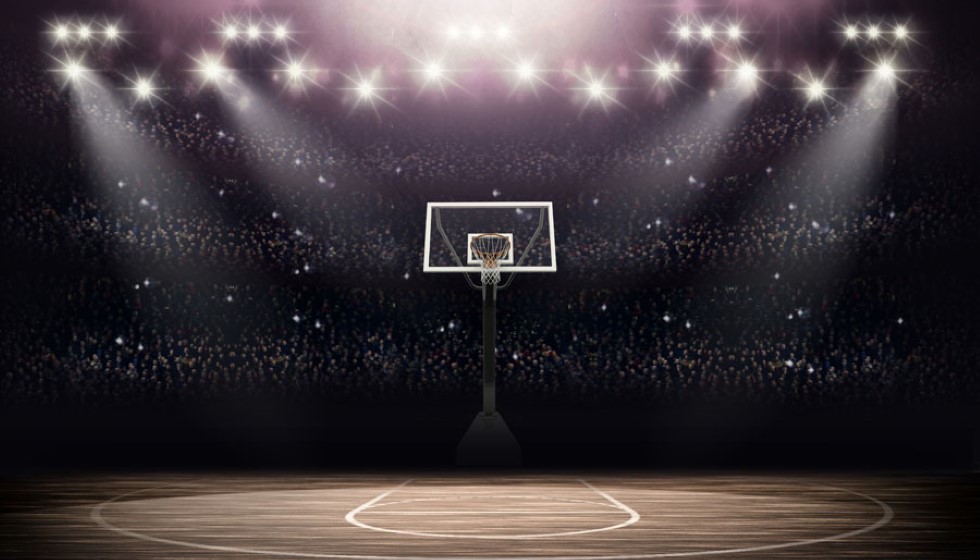
The 2023 Olympic basketball tournament is a showcase of elite talent, headlined by six NBA MVPs who collectively bring 13 MVP trophies to the court. This unique blend of skill and experience sets the stage for an electrifying competition.
At the forefront is LeBron James, leading with four MVP awards. Hot on his heels is Nikola Jokic, with three MVP honors. Stephen Curry and Giannis Antetokounmpo each boast two MVP trophies, while Kevin Durant and Joel Embiid complete the star-studded lineup with one MVP award apiece. These players' achievements are not just memories of past seasons but an indication of the high-caliber play fans can expect throughout the tournament.
Team USA's Dominance and Depth
Team USA has been nothing short of impressive, scoring over 100 points in each of their three games. This offensive prowess is complemented by their depth, with the second unit featuring talents like Derrick White, Bam Adebayo, Anthony Edwards, Anthony Davis, and Kevin Durant. They are also a force on the boards, securing an average of 41 rebounds per game, ranking fourth in this category, and averaging 9.3 offensive rebounds per contest.
"LeBron James, who is averaging 14.3 points and 7.3 assists, and Durant, who is shooting 64%, are pacing the Americans." This quote encapsulates the dual leadership and efficiency driving Team USA's success.
Germany's Defensive Mastery
Germany has been a defensive juggernaut, not conceding more than 77 points in any game. Dennis Schroder has been their key playmaker, leading all players with nine assists per game while averaging 19.7 points. Meanwhile, Franz Wagner is their primary scorer with an impressive average of 21.7 points per game, though his 3-point shooting percentage hovers at a modest 21%.
Canada's Key Performers and Challenges
Shai Gilgeous-Alexander and RJ Barrett are the driving forces for Team Canada, leading the team with averages of 19 and 21 points per game, respectively. Despite their scoring capabilities, Canada struggles in other areas, being last in rebounding and assists among the remaining teams. This imbalance could be a critical factor as the tournament progresses.
"Team Canada is led by Shai Gilgeous-Alexander and RJ Barrett, who lead the team with 19 and 21 points per game, respectively." This quote highlights the significant contributions of these key players.
France's Rising Star
Victor Wembanyama has been a revelation for France, dominating in multiple facets of the game. As the reigning NBA Rookie of the Year, he leads his team in points (17 per game), assists (3 per game), and rebounds (10.7 per game). Rudy Gobert is also a defensive stalwart with 2.7 blocks per game.
"Victor Wembanyama is having a great Olympics and leads France in points (17), assists (3), and rebounds (10.7) per game." This underscores his all-around impact on the team’s fortunes.
Serbia's Strengths and Weaknesses
Serbia is notable for their playmaking, averaging 25.7 assists per game, second only to Team USA. Bogdan Bogdanovic shines brightly, averaging 19 points on 54% shooting. However, their defensive lapses are concerning, having allowed a total of 31 3-pointers in two games against Team USA. Offensively, Serbia struggles with a sub-33% 3-point shooting performance in Paris.
Australia's Rebounding and Brazil's Shooting
Australia has been a powerhouse on the boards with the second-best rebounding average at 41.3 RPG. Yet, their free-throw shooting leaves much to be desired at 63.5%. Josh Giddey’s 4.3 turnovers per game also suggest room for improvement in ball handling.
Brazil excels in 3-point shooting, leading the Olympics at 45%, but they also top the turnover charts at 17.3 per game. Their offensive output stands at 80.3 points per game, the second-lowest among the remaining teams, indicating a reliance on perimeter efficiency.
Individual Standouts and Team Challenges
Giannis Antetokounmpo has been a dominant force, averaging 27 points on 69% shooting, along with 7.7 rebounds per game. Nick Calathes makes a notable contribution with 7.3 assists per game. However, Greece faces significant challenges with their 3-point (30%) and free throw shooting (69%), along with averaging the fewest points per game (77.7) and committing the most fouls.
As the tournament progresses, the blend of individual brilliance and team dynamics will continue to shape the outcomes. The performances of these standout players and their teams will be closely watched as they vie for Olympic glory.